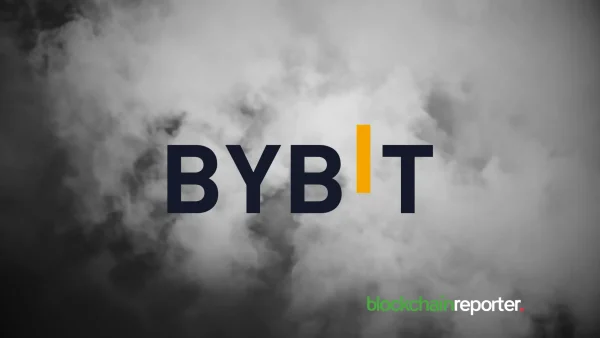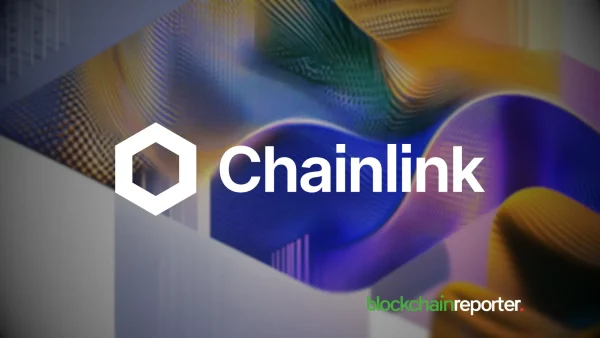
The rapidly evolving landscape of blockchain technology is witnessing a paradigm shift with the emergence of intent-driven solutions, such as Anoma and Suave. These initiatives aim to revolutionize the decentralized finance (DeFi) space by prioritizing user-centric intents. While the potential is immense, questions loom regarding practicality and seamless integration into existing ecosystems.
In this article, we unravel the significance of intents, dissect the frameworks of Anoma and Suave, and discover Router Protocol’s cross-chain intent framework (CCIF) as a solution that bridges the gap between user desires and on-chain actions within familiar blockchain ecosystems.
Understanding Intent in Blockchain
In the broader context, an intent in blockchain refers to an individual’s purpose or objective when interacting with decentralized networks and applications. This includes actions like trading assets, staking tokens, or transferring cryptocurrencies. The need for intent-driven DeFi arises from the current complexity of blockchain interactions, hindering mainstream adoption and challenging developers to create applications seamlessly.
Anoma, a blockchain protocol focusing on “humanized programmable settlement,” introduces an intent-driven architecture for trading and transfers. Users express their trading desires as intents, which then require corresponding counter-intents for execution. However, this model has potential drawbacks, such as dependency on counter-intents, limited liquidity, delays in matching, and increased computational load.
While Anoma’s model innovates in decentralizing and simplifying transactions, especially for straightforward intents, challenges arise in addressing inefficiencies, particularly for complex, multi-step dApp interactions.
SUAVE, proposed by Flashbots, addresses transaction ordering on blockchains through an auction mechanism and off-chain coordination. While efficient for transaction timing and fee optimization, it may lack expressiveness for more complex intents involving asset transfers or contract interactions. Integration with existing wallets and protocols remains uncertain.
Router’s Cross-chain Intent Framework (CCIF)
Router Protocol offers a solution that democratizes intent-driven development without requiring developers to abandon existing tools and communities. CCIF, built on a collection of Intent Adapters, acts as a pluggable intent layer, enabling developers to create user-centric applications on familiar Layer 1 (L1) and Layer 2 (L2) blockchains.
Advantages of CCIF include streamlining multi-step, cross-chain processes, faster adoption, lower barriers to entry, and a wider reach through Ethereum Virtual Machine (EVM) compatibility. Importantly, CCIF builds upon established chains, acknowledging the value of familiar workflows, and empowering developers to enhance existing projects.
Router’s CCIF proposes a future where intent-driven development thrives within existing ecosystems, enriching both users and developers. It aims to bridge the gap between user desire and on-chain action, not just on new chains but within established ones.
The forthcoming whitepaper promises to unveil the intricate details of Router’s Intent Framework, inviting collaboration and inclusivity to usher in a future where intent-driven development empowers all within familiar blockchain battlegrounds. Overall, Router’s Intent Framework is expected to unleash the true potential of intent-driven development.









